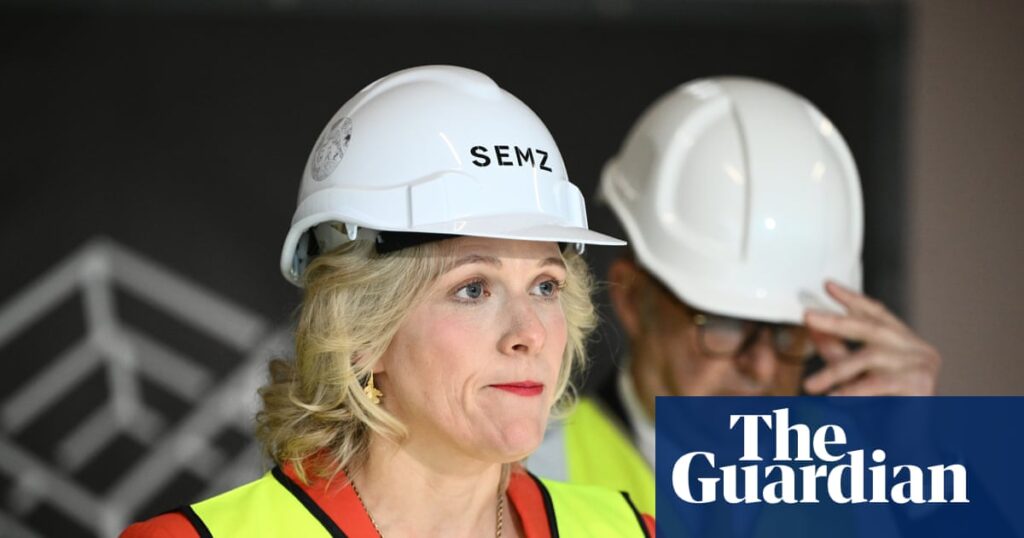The Albanese government has promised to cut red tape and fast-track environmental approvals for new homes in an effort to address Australia’s housing crisis.
On Saturday, the government announced plans to pause further residential changes to the National Construction Code and to streamline the assessment of more than 26,000 homes under the Environment Protection and Biodiversity Conservation Act.
Sign up: AU Breaking News email
The announcement follows the economic reform roundtable this week, at which housing was a focus. According to the government, there was broad consensus that “commonsense changes could reduce the regulatory burden for builders and boost housing supply”.
“For too many builders in Australia, it takes longer to get approval for a home than it does to build one,” the government said in a statement.
The government said it would work with states and territories to pause further changes to the National Construction Code. It would then consult on ways to streamline the code, including the use of artificial intelligence to help tradies, small business and households in using the three-volume, 2000-page code.
A new “strike team” would be established within the environment department to accelerate the assessment of housing, with plans to use AI to “simplify and speed-up assessments and approvals”.
“It’s too hard to build a home in this country. We want builders on site, not filling in forms to get their approval,” the housing minister, Clare O’Neil, said.
“In the middle of a housing crisis a generation in the making, we want builders building good quality homes of the future – not figuring out how to incorporate another set of rules.”
The environment minister, Murray Watt, said the measures would deliver faster decisions, unlocking new homes more quickly. “Fast-tracked projects will continue to be required to meet all environmental requirements,” he said.
The federal government said it would also progress other housing reform ideas, such as removing barriers to superannuation investment and increasing the uptake of modern construction methods like prefab housing.
The Property Council of Australia, which has advocated for faster environmental approvals and the adoption of AI in planning, welcomed the announcement.
Chief executive Mike Zorbas described the announcements as “sensible” and a “win” for housing supply.
“Let’s also put AI to work turbocharging housing delivery. A smart rollout of AI into planning and assessment systems will give decision-makers the clarity they need and save valuable time in delivering new homes,” he said.
Speaking this week on the sidelines of the roundtable, Daniel Mookhey, the New South Wales treasurer, supported a pause in adding new federal regulations to the national construction code, saying it would “certainly” lead to more homes being built.
after newsletter promotion
“If the national code is frozen it gives us a bit more time to get the interactions between national standards and state standards clear,” he said, speaking this week. “But equally, it will give a lot of confidence to people who are looking to build right now.”
But former industry minister Ed Husic said this week he was concerned about a pause to the code.
Husic said the former Coalition government had frozen new homebuilding regulations, only to rush through a mass of changes in a short period of time. “People who’ve lived in older homes with regulations that weren’t as strong understand why livability is such an issue.”
On Tuesday, Australian Conservation Foundation chief executive, Kelly O’Shannassy, called for environmental law reform – including national environment standards, an independent national EPA and better coordination between governments – as she headed into one of the roundtable sessions.
“Faster decisions are crucial, as is stronger nature protection. Australia’s failed national nature law facilitates neither,” she said.
“The national nature law contains a series of convoluted processes with no defined outcomes or transparent institutions – a recipe for slow, unpredictable decisions and ecological and economic decline.”

